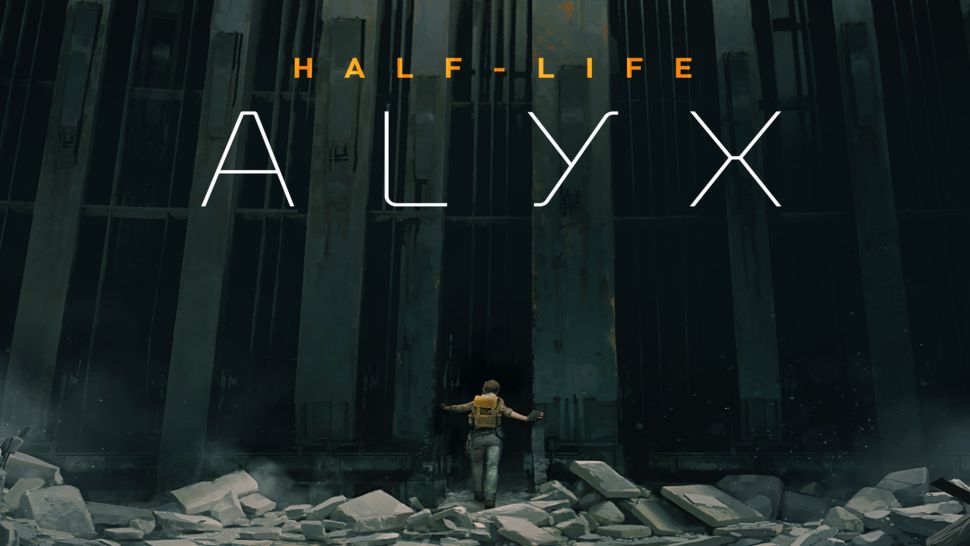‘Half-Life: Alyx’ aims to take VR to the mainstream
After 12-year hiatus, Valve bringing series back with VR
January 31, 2020
 In 1998, “Half-Life” blew away the 3D gaming scene and pulled 3D shooters into the next generation. Its 2004 sequel, “Half-Life 2,” continued to break barriers and even won Best Game of the Decade from IGN and several others.
In 1998, “Half-Life” blew away the 3D gaming scene and pulled 3D shooters into the next generation. Its 2004 sequel, “Half-Life 2,” continued to break barriers and even won Best Game of the Decade from IGN and several others.
However, the last time players picked up Gordon Freeman’s crowbar was in 2007 with “Half-Life 2: Episode 2,” which ended with a gut-wrenching cliffhanger.
After 12 years of waiting for another chapter in the Half-Life series, many fans thought they would never again pick up the legendary crowbar.
That all changed with a tweet on Nov. 18.
Valve announced “Half-Life: Alyx,” one of three full-length virtual reality games the company is developing, the next installment in the Half Life series, and Valve’s attempt to bring VR to the mainstream.
The story takes place between the events of “Half-Life” and “Half-Life 2” before Gordon Freeman, the protagonist in the previous games, returned.
It follows Alyx Vance and her father fighting off the Combine, an alien empire who conquered Earth.
The major difference this time is the control scheme. The entire game is VR exclusive and there is no keyboard or controller support whatsoever.
The game can be played on most VR headsets including the HTC Vive, Windows Mixed Reality, the Oculus Rift, and Valve’s VR headset, the Index.
The gameplay consists of using the VR controllers or “gravity gloves” to get supplies, use interfaces, throw objects, and engage in combat.
Like the gravity gun from “Half-Life 2,” the gravity gloves allow the player to manipulate gravity.
The trailer suggests the game is extremely interactive as well, having the player move aside objects on a shelf to reveal previously hidden shotgun shells or throw a nearby bottle to distract a combine soldier.
The game also features Valve’s new engine, Source 2, which improves game performance by utilizing proper multi-core rendering and newer technologies like Vulkan and DirectX 11, meaning CPU requirements are reduced. It also includes a new physics engine.
Character models are also somewhat different with more seamless designs which is expected, but characters also look more cartoonish with emphasis on certain parts of the face.
Even though it may not be the “Half-Life 3” fans wanted, many feel the game is a promising reawakening for the beloved series and a leap in the right direction for VR.
The release date is currently March 2020.